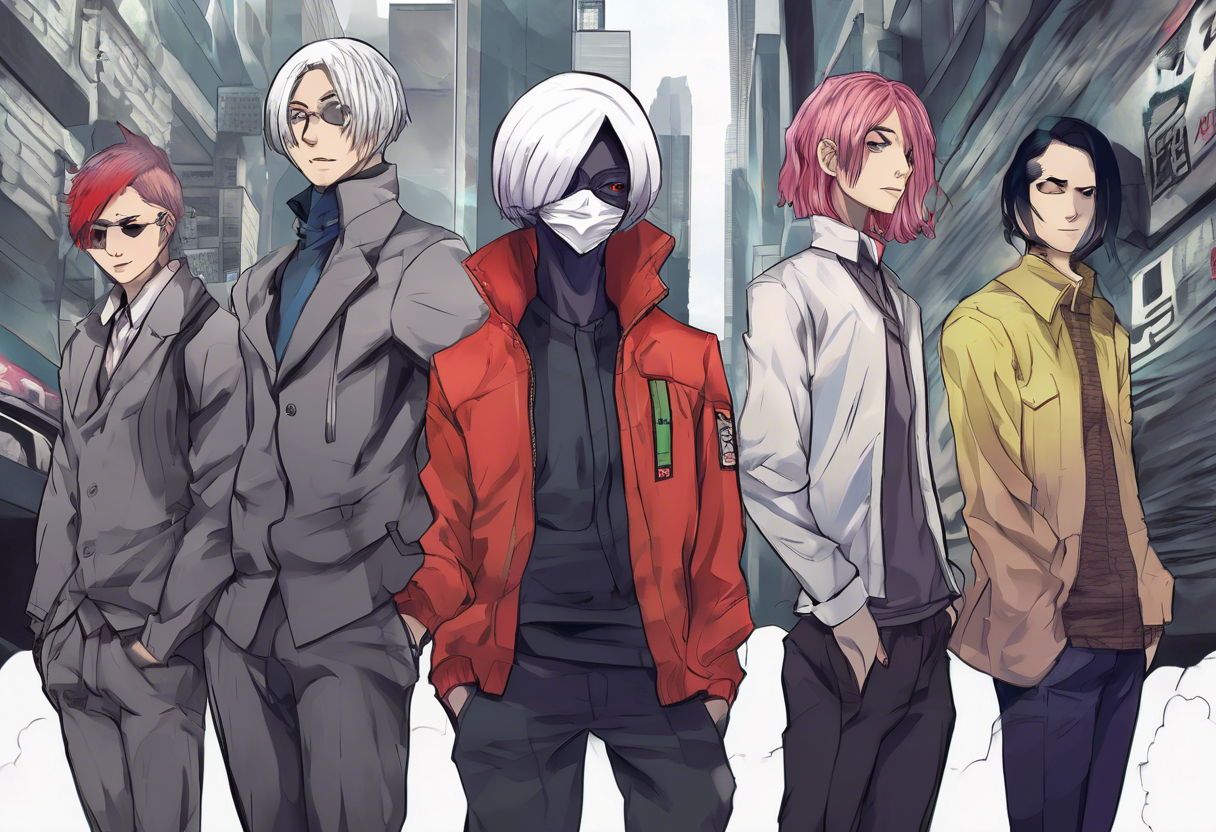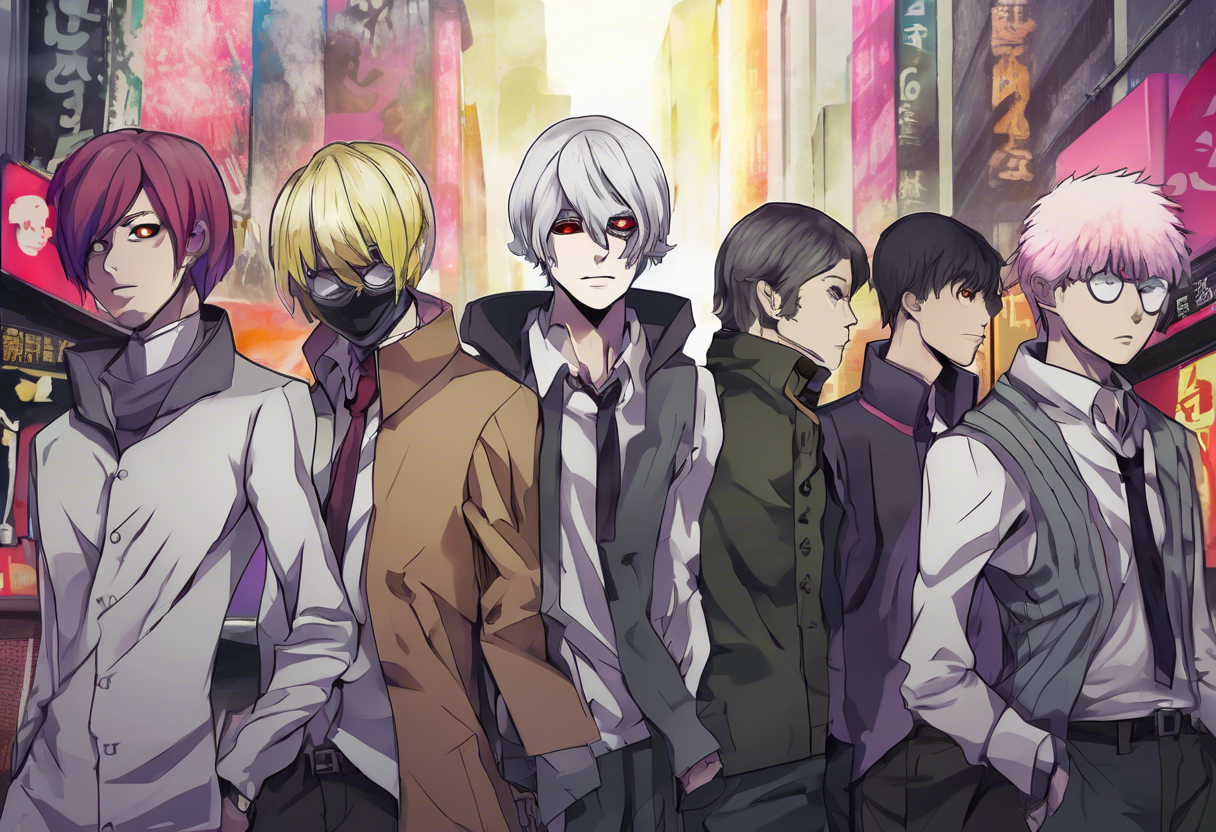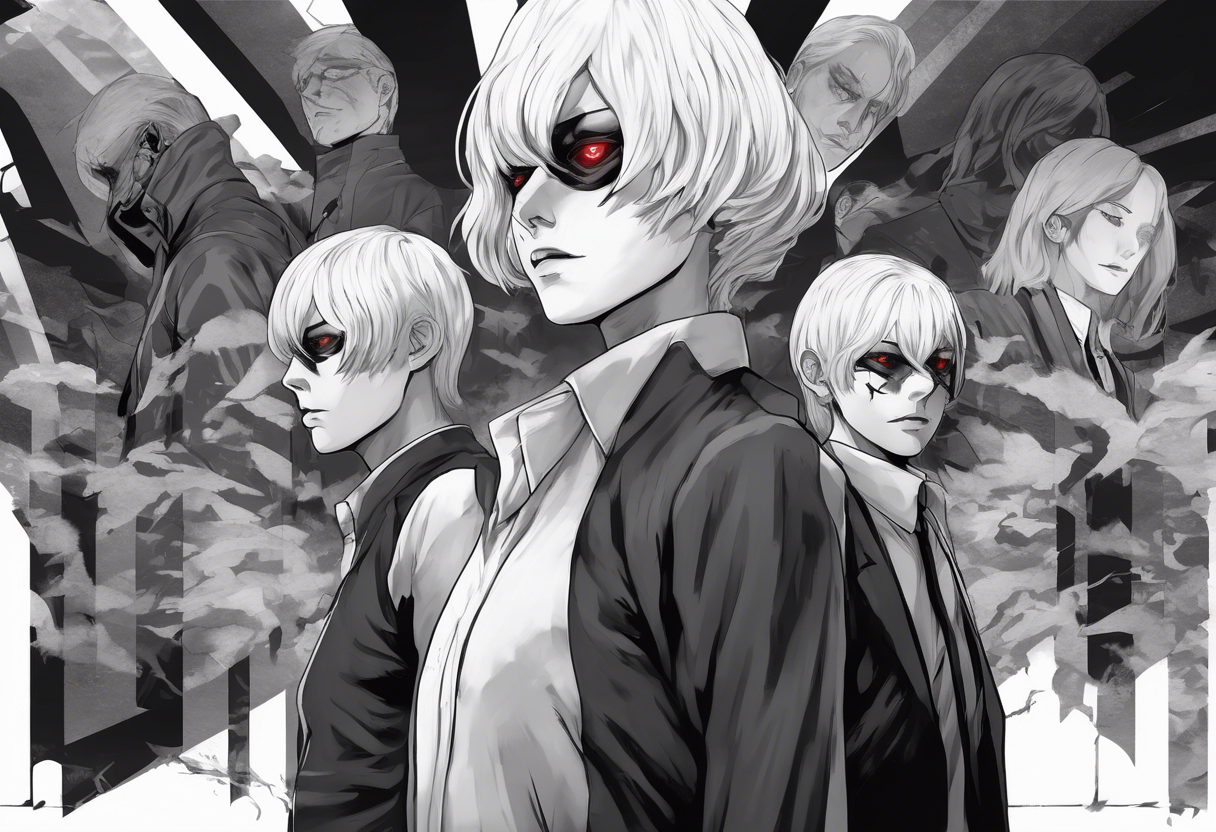Contents
Introduction
Tokyo Ghoul:re – Episode 41, titled "MovE: Confluence, Confusion," is a pivotal installment in the anime series ‘Tokyo Ghoul:re,’ which is the sequel to the original ‘Tokyo Ghoul’ series. This episode is part of the second season of ‘Tokyo Ghoul:re,’ which aired in 2018. The series is based on the manga by Sui Ishida and is produced by Pierrot, a renowned anime production studio. The director of the series is Toshinori Watanabe, with scripts written by Chūji Mikasano, and music composed by Yutaka Yamada.
The episode stands out within its genre for its nuanced exploration of the complex relationships between humans and ghouls, delving into themes of coexistence, morality, and the blurred lines between monster and human. The production history of ‘Tokyo Ghoul:re’ reflects a careful adaptation of the manga, with a focus on maintaining the original story’s depth and emotional resonance.
Plot Summary
In "MovE: Confluence, Confusion," the narrative is characterized by a significant shift in the dynamics between the ghoul and human communities. The episode begins with Kaneki Ken, now known as Haise Sasaki, assembling the remaining members of Aogiri Tree and Anteiku to announce the formation of a new ghoul organization aimed at fostering peace and coexistence between humans and ghouls[2][4].
This initiative is met with a mix of skepticism and hope. Kaneki’s vision for a unified front is challenged by the deep-seated mistrust and historical conflicts between the two groups. The episode highlights the internal struggles within both the Commission of Counter Ghoul (CCG) and the ghoul communities as they grapple with the idea of collaboration.
A key subplot involves Kaneki’s encounter with a group of doctors who treat both humans and ghouls without discrimination. These doctors, who believe that one’s birth does not determine their worth, embody a theme central to the series: the challenge to the binary distinction between monsters and humans. This encounter underscores the moral ambiguity that pervades the world of ‘Tokyo Ghoul,’ where ghouls are shown to exhibit the same range of emotions and behaviors as humans, complicating the notion of who deserves to live and who deserves to die[3].
The episode also delves into the personal struggles of various characters. Kaneki, still grappling with his past actions and his identity as both human and ghoul, faces significant emotional turmoil. His hallucinations of Amon, a character he feels responsible for killing, serve as a reminder of his complex past and the weight of his decisions.
Meanwhile, other characters like Tsukiyama and Kanae are involved in their own dramatic arcs. Tsukiyama’s interactions with Sasaki reveal his conflicted feelings towards Kaneki and his own place within the ghoul society. Kanae’s confrontation with Eto Yoshimura further complicates the web of relationships and allegiances within the ghoul community[4].
The setting of the episode transitions between various locations, including the CCG headquarters, the ghoul hideouts, and the streets of Tokyo. Each location serves to underscore the different worlds that humans and ghouls inhabit, yet also highlights the increasing overlap and interdependence between these worlds.
The central conflict of the episode revolves around the attempt to heal Mado, a character whose condition serves as a symbol of the broader struggle for coexistence. The efforts to save Mado involve a collaboration between human doctors and ghoul healers, symbolizing the potential for mutual aid and understanding.
Throughout the episode, the narrative arcs of various characters intersect and diverge, creating a rich tapestry of storylines that reflect the broader themes of the series. The action sequences, though minimal in this episode, are significant when they occur, particularly in the fight between Kaneki and Nagi, which serves to underscore the ongoing tensions and conflicts[3].
Themes and Symbolism
"MovE: Confluence, Confusion" is replete with themes that are central to the ‘Tokyo Ghoul’ series. One of the most prominent themes is the blurring of the lines between monster and human. The episode challenges the notion that ghouls are inherently monstrous and that humans are inherently superior. Instead, it portrays a world where both groups exhibit a full range of human emotions and behaviors, complicating the moral landscape.
The character of Kaneki, who embodies both human and ghoul traits, serves as a symbol of this theme. His struggles with his identity and his past actions reflect the broader struggle of the series to redefine what it means to be human or a monster.
Another significant theme is the quest for coexistence and peace. The formation of the new ghoul organization and the efforts to heal Mado symbolize the potential for collaboration and mutual understanding between humans and ghouls. This theme is underscored by the doctors who treat both humans and ghouls, emphasizing that one’s birth does not determine their worth[3].
The episode also explores the theme of identity and belonging. Characters like Tsukiyama and Kanae grapple with their places within their respective communities, highlighting the complexities of finding one’s identity in a world divided by species.
Symbolically, the episode uses various elements to reinforce these themes. The use of masks, for instance, symbolizes the dual identities that many characters possess. Kaneki’s mask, in particular, serves as a reminder of his dual nature and his role as a bridge between the human and ghoul worlds.
Cultural Impact
The release of "MovE: Confluence, Confusion" was met with significant interest from fans and critics alike. The episode’s focus on character development and thematic exploration resonated with audiences who were invested in the series’ complex world and characters.
In terms of cultural impact, the episode contributed to the broader discussion about identity, morality, and coexistence that ‘Tokyo Ghoul’ as a series has sparked. The themes explored in this episode have influenced other works of anime and manga, particularly those that delve into similar questions of humanity and monstrosity.
The episode has also been referenced in various forms of media, including fan art, cosplay, and fan fiction, reflecting its enduring popularity and influence within the anime community.
Critical Reception
"MovE: Confluence, Confusion" received generally positive reviews from critics and audiences. The episode was praised for its thoughtful pacing, which allowed for a deeper exploration of the characters and their relationships. The lack of extensive action sequences was noted as a welcome change, as it allowed the animators to focus on the emotional and thematic aspects of the story[3].
However, some critics pointed out that the episode’s slow pace might not appeal to all viewers, particularly those who prefer more action-oriented storytelling. Despite this, the episode was widely regarded as a standout in the season, thanks to its strong character development and thematic resonance.
Legacy
"MovE: Confluence, Confusion" continues to be an important episode in the ‘Tokyo Ghoul’ series, influencing both the anime and manga communities. Its exploration of complex themes and its nuanced character development have set a high standard for storytelling in the genre.
The episode’s legacy can be seen in its continued relevance to contemporary discussions about identity, morality, and coexistence. It remains a powerful example of how anime can tackle complex social issues in a compelling and emotionally resonant way.
For filmmakers, artists, and audiences, "MovE: Confluence, Confusion" serves as a model for how to balance action, drama, and thematic exploration in a narrative. Its impact on the broader anime landscape is evident in the many series that have followed in its footsteps, exploring similar themes and character arcs.







